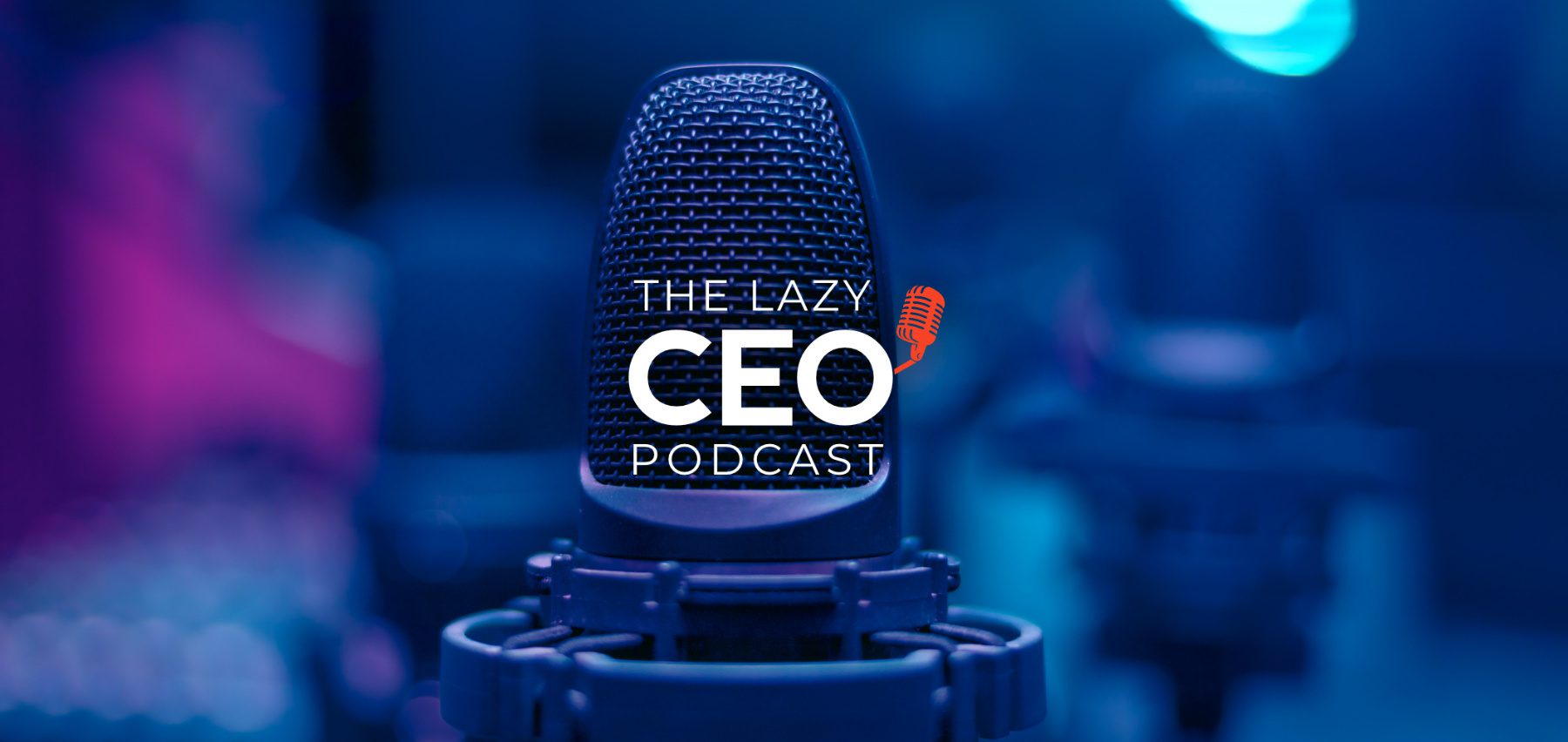Building a Machine: Business Growth Episode at a Glance:
- Jim Schleckser shares his experience in building a predictable growth engine into your business.
- Customer and product grid for thinking about delivering recurring revenue into your business.
- Why customer retention and recurring revenue are the keys to your growth engine.
- How to develop warm leads for customer acquisition.
The Recurring Revenue Machine
At The CEO Project we work with CEOs of a variety of sizes on their most difficult issues, but today we are focused on one that everyone is concerned about – building a predictable growth engine into your business.
The first thing to think about is a grid that was developed by Bain Consulting. Customers are on one axis and products on the other, new, and old, for each.
- Existing product, existing customer, which is the cheapest and most reliable way of delivering recurring revenue into your business.
- New customers, and existing products, which has more risk because we don’t know the client and it does take time. There’s some analysis that says the cost of customer acquisition and selling them something versus the cost of selling something to an existing client is four times higher.
- A new product, an existing client, has relatively lower risk, but it does take a while because they have to go through some sort of acceptance and sign up and maybe change from an existing supplier.
- And then the hard one, and the one that a lot of us focus on, maybe inappropriately, is a new product, new market, or new customer. This is the hardest, takes the most money, and takes the most time. And in terms of thinking about a predictable revenue growth engine, it is not particularly useful.
Why are existing customers the key to our growth engine?
The first element of growth is customer retention. And specifically recurring revenue. We want to see as much recurring revenue as possible in your business model or at a minimum strong recurring revenue of clients that you count on to come back to you every year. Customer retention is the cheapest way to keep revenue. When you think about losing a client, every time you do that, you’ve created a hole that you have to then go fill before you get to grow. And so spending money on retention is of very high value and a very high rate of return on investment.
4 Components of Customer Retention
There are four components of customer retention that indicate why people leave you in the relationship. And this is whether it’s recurring revenue or non-recurring revenue, just generically they choose not to do business with you anymore.
- Do you have a competitive offer? A realistic assessment of the landscape of what’s out there and what the options are. You need to have a product that is competitive in the market first. Now you have some advantages to that. It doesn’t have to be exactly the same. You could almost be a little bit behind if it is an existing client, but when we get to new clients, you will have to have some level of advantage.
- Have you built trust? And the way we build trust with clients, it’s really simple. We do what we say we’re going to do. If you’re an organization where if we say something, we do it and we consistently meet our obligations, you’ll build trust in clients and therefore desire to continue the relationship kind of alongside that is how they feel about the relationship.
- Do they match your culture? When you engage, they engage and that means the receptionists, the customer service people, the engineers, the salespeople name it, they engage with the people in a way that they would want to be treated.
- And then the final one is switching costs. Are there designed friction points to make it difficult to move from one supplier to another? The biggest single one that we can identify as a mutual investment in the relationship is if they’ve spent time to make their systems adapt well to your product. Investment in the relationship increases the switching costs.
To learn more about building long-term relationships with your customers to create your growth engine, and how to use LinkedIn to warm up your leads through your digital marketing efforts.
Resources mentioned in this episode:
- Jim Schleckser
- Jim Schleckser on LinkedIn | Twitter
- The CEO Project
- The CEO Project on Tik Tok | YouTube
- Great CEOs Are Lazy by Jim Schleckser
Jim Schleckser is the Chief Executive Officer of The CEO Project, a business advisory group for accomplished CEOs to help them solve their most challenging issues, resolve constraints, drive growth, and improve outcomes. With 30 years of leadership experience in business strategy, organizational development, sales, marketing, and more, Jim leads global organizations across many functional areas in both public and private environments. He specializes in solving issues that fast-growing firms experience in their business models and processes as they reach high-performance levels. Jim has appeared in The New York Times, The Huffington Post, and National Public Radio.
Sponsor for this episode…
This episode is brought to you by The CEO Project. The CEO Project is a business advisory group that brings high-caliber, accomplished CEOs together. Our team of skilled advisors is comprised of current and former CEOs who have run both public and private sector companies across multiple industries. With our experience and expertise, we guide hundreds of high-performing CEOs through a disciplined approach that resolves constraints and improves critical decisions. The CEO Project has helped high-performing, large enterprise CEOs with annual revenues ranging from $20M to over $2 billion to drive growth and achieve optimal outcomes. If you are an experienced CEO looking to grow your company, visit www.theCEOProject.com.









